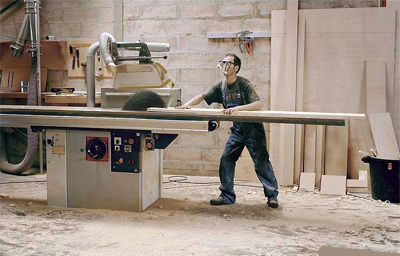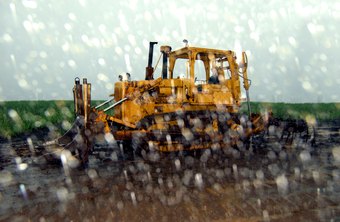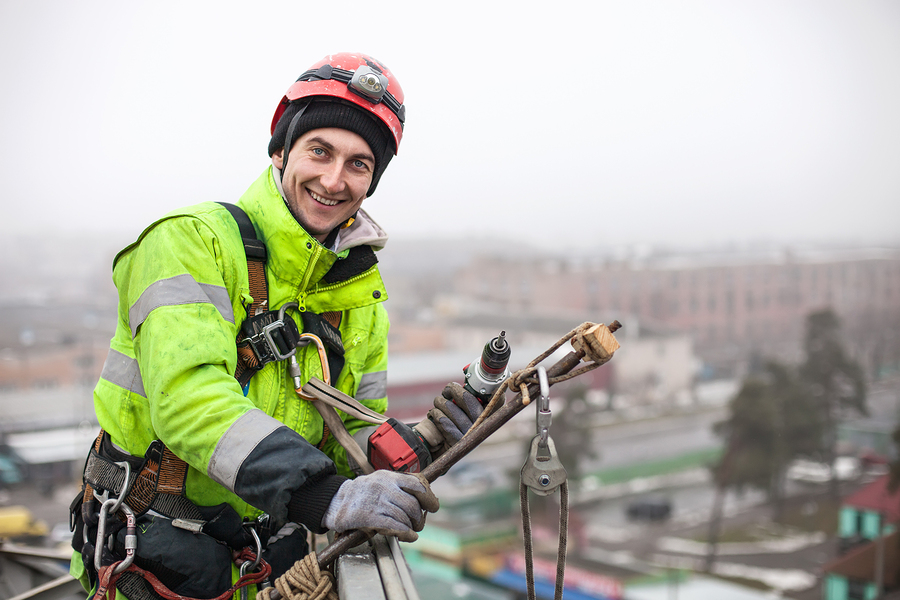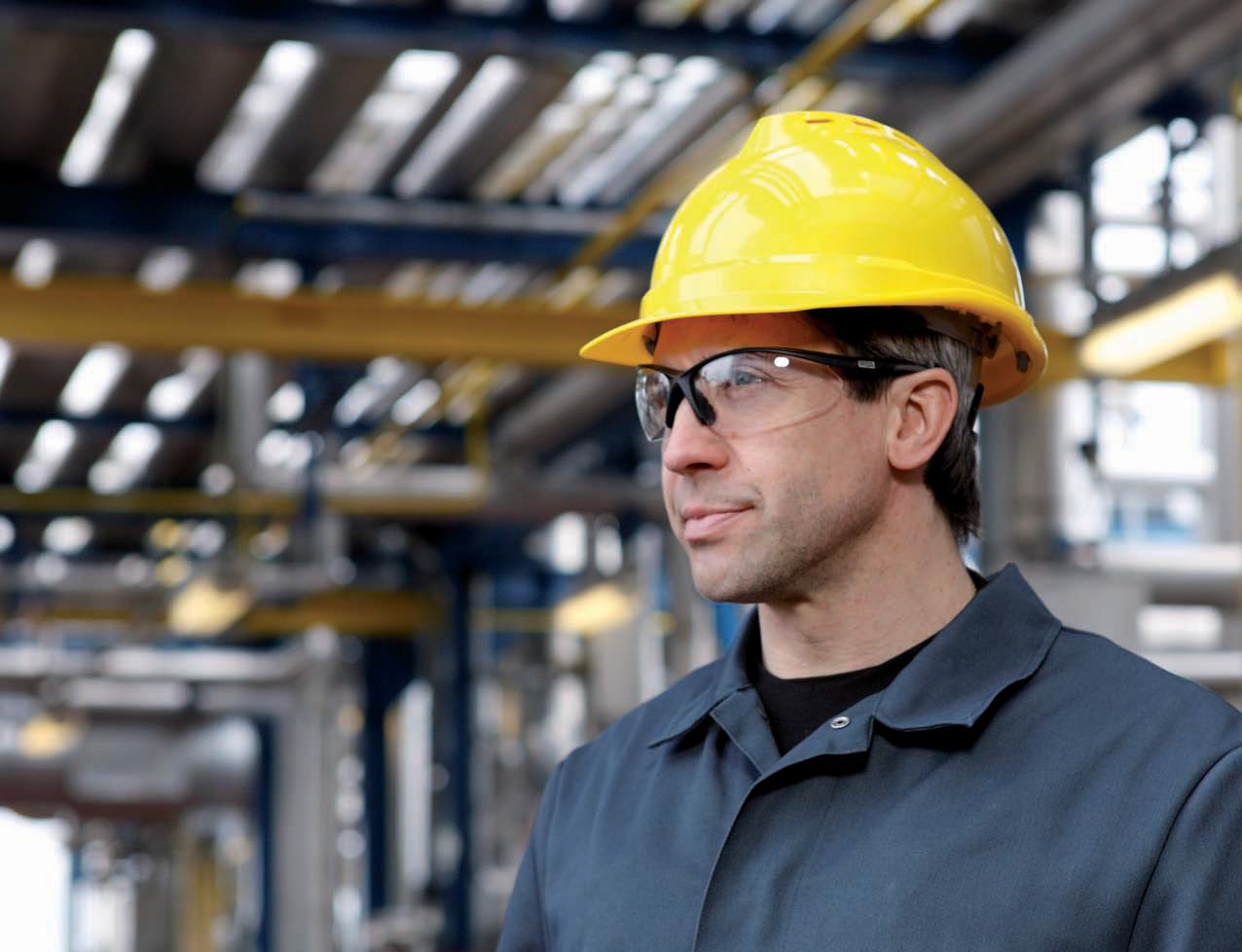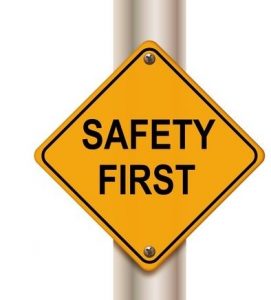 When you are at work, there are important
things you should keep in mind to prevent any injuries. There are some
guidelines in place to control, correct and prevent potential and current
hazards. You should understand the guidelines for equipment you are operating
and wear all required protective clothing to make sure you stay safe while in
the workplace. It is important that you make sure that safety precautions are
always followed…
When you are at work, there are important
things you should keep in mind to prevent any injuries. There are some
guidelines in place to control, correct and prevent potential and current
hazards. You should understand the guidelines for equipment you are operating
and wear all required protective clothing to make sure you stay safe while in
the workplace. It is important that you make sure that safety precautions are
always followed…
1.
Follow all work safety
procedures. Wear protective gloves, safety masks and ear protection when
required. Wear safety goggles and follow all instructional policies for the
equipment being operated.
2.
Provide regular breaks for
employees in hazardous working conditions. Rotate workers through various areas
and provide exercise breaks for employees to prevent fatigue.
3.
Make sure to give employees and
management hazard training and assessment classes. All machines and techniques
involved with the job need to be taught and repeated throughout the work force.
Make all employees aware of the dangers and hazards of all equipment and
supplies they deal with on a daily basis.
4.
Track all corrections made to
hazardous work areas. Always keep records of any accidents that occur in the
workplace. Use this documentation to locate possible hazards and work to
eliminate future accidents.
5.
Conduct preventative
maintenance on all equipment and systems before replacement or repair is needed
to prevent workplace hazards.
6.
Prepare for emergencies,
whether accidental or those of natural cause such as the weather. Have drills
and plans of action in place.
7.
Implement medical programs
within the business. The size and scope of the medical program will vary based
on the number of employees and characteristics in the workplace. Larger
companies can even hire on-site medical staff while smaller companies should
make arrangements with local clinics.
As an employer you have a responsibility to
protect workers against safety hazards at work, as they exist in every
workplace. Some are easily identified and corrected, while others create
extremely dangerous situations. The best thing to do is learn how to prevent
them!
Are you in need of some quality safety wear
and equipment at an affordable price? Visit L&A Safety in Cape Town,
Robertson or Vredenburg or visit www.landasafety.co.za today!

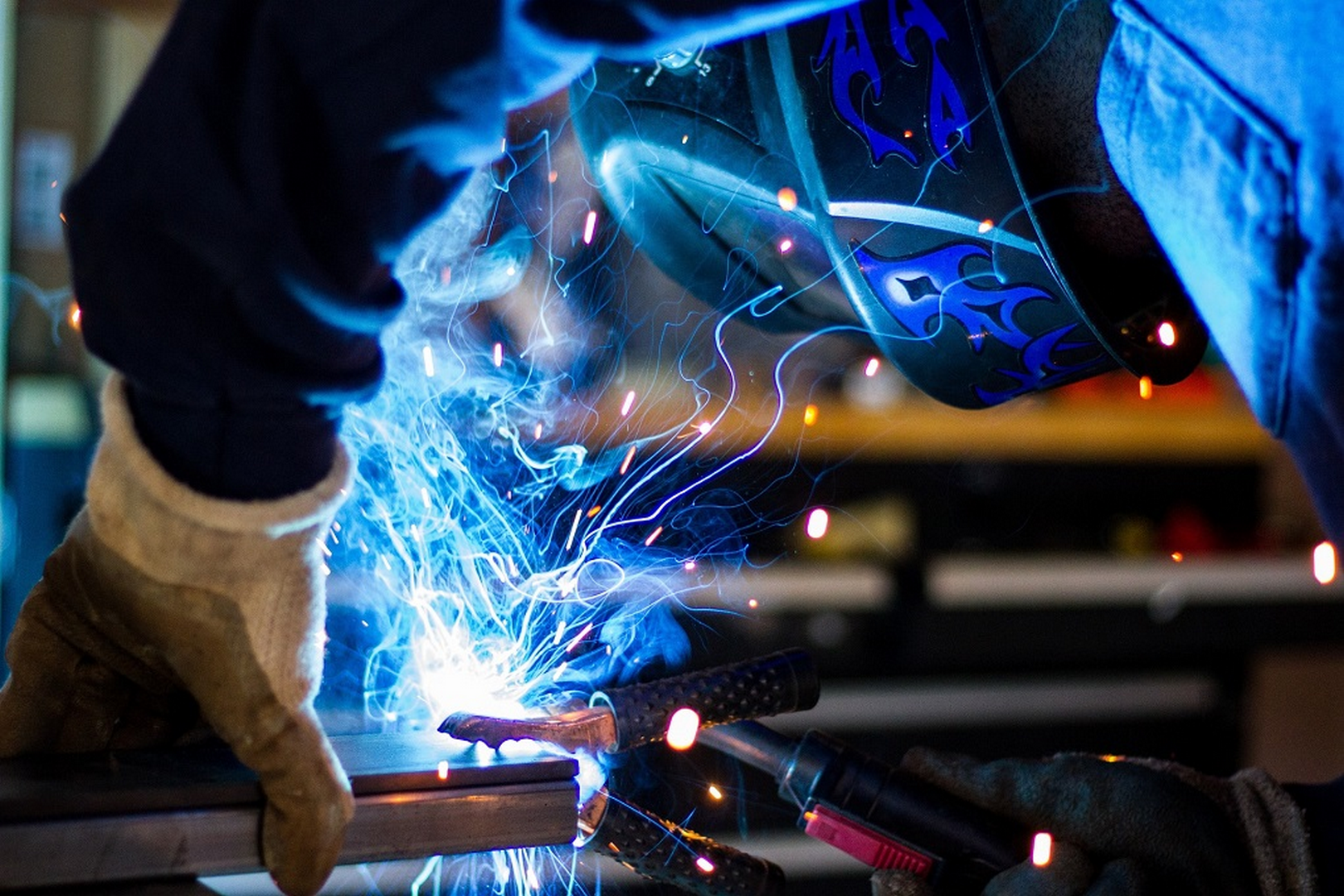
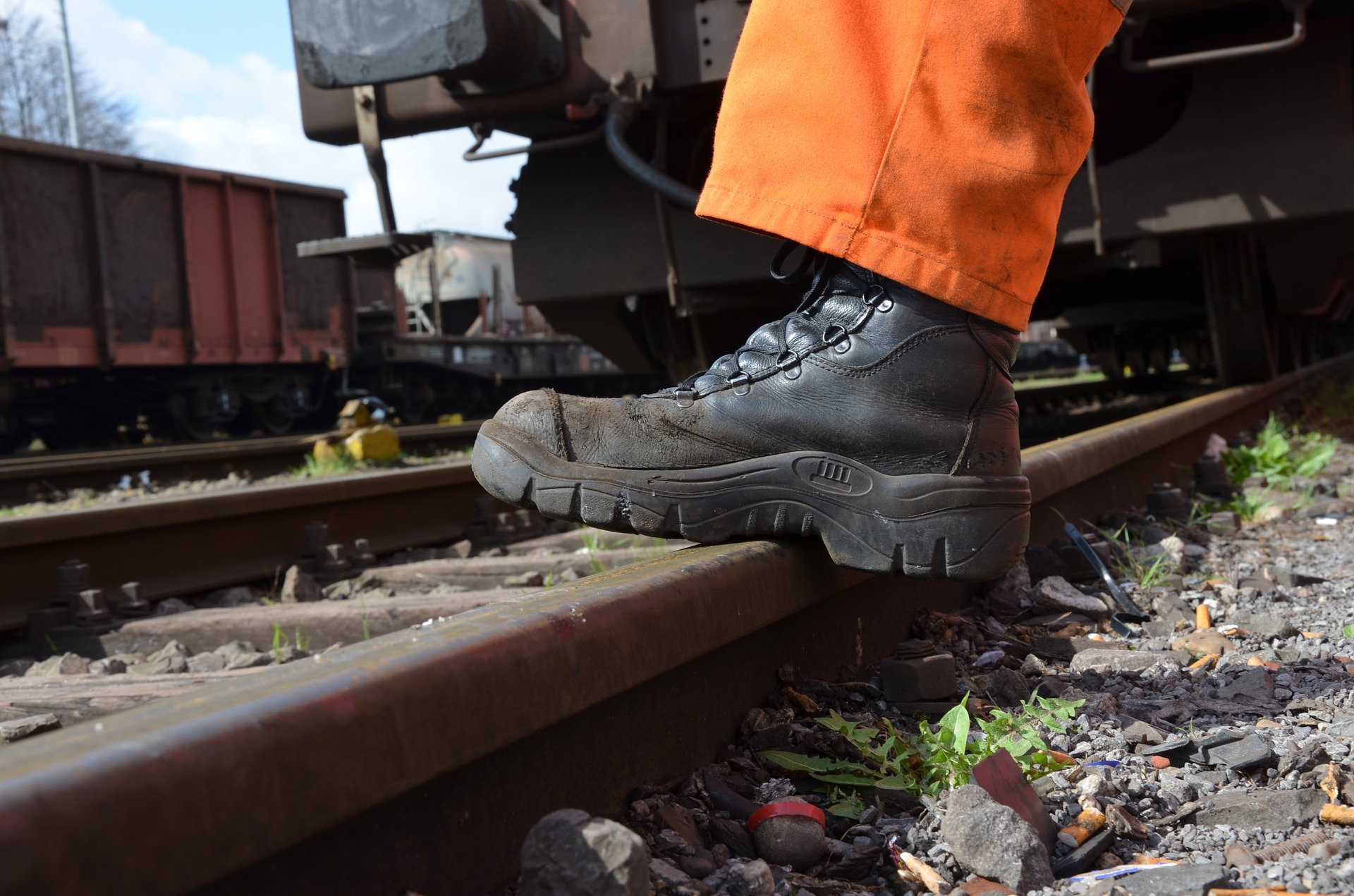
/GettyImages-106887659-56a1bd143df78cf7726d82ce.jpg)




)



